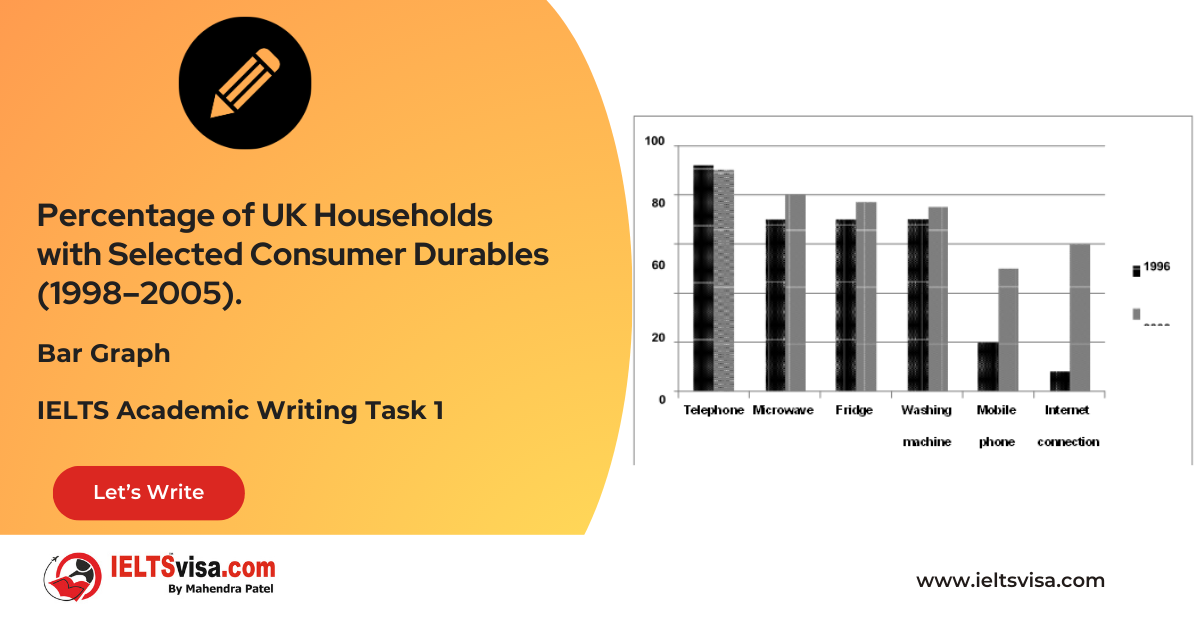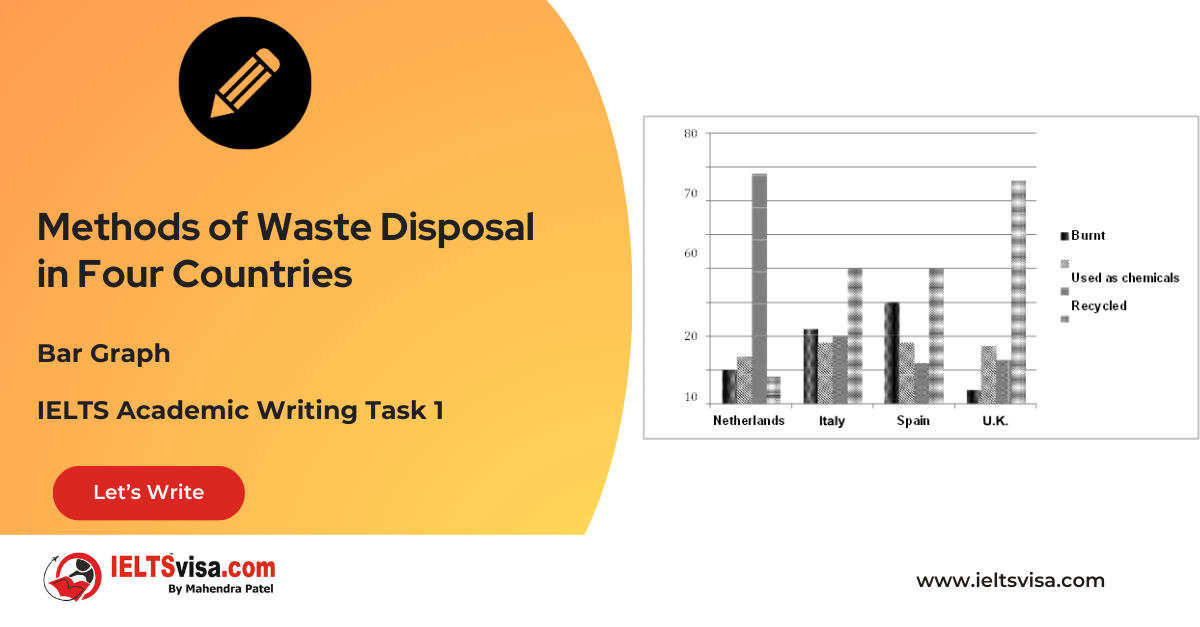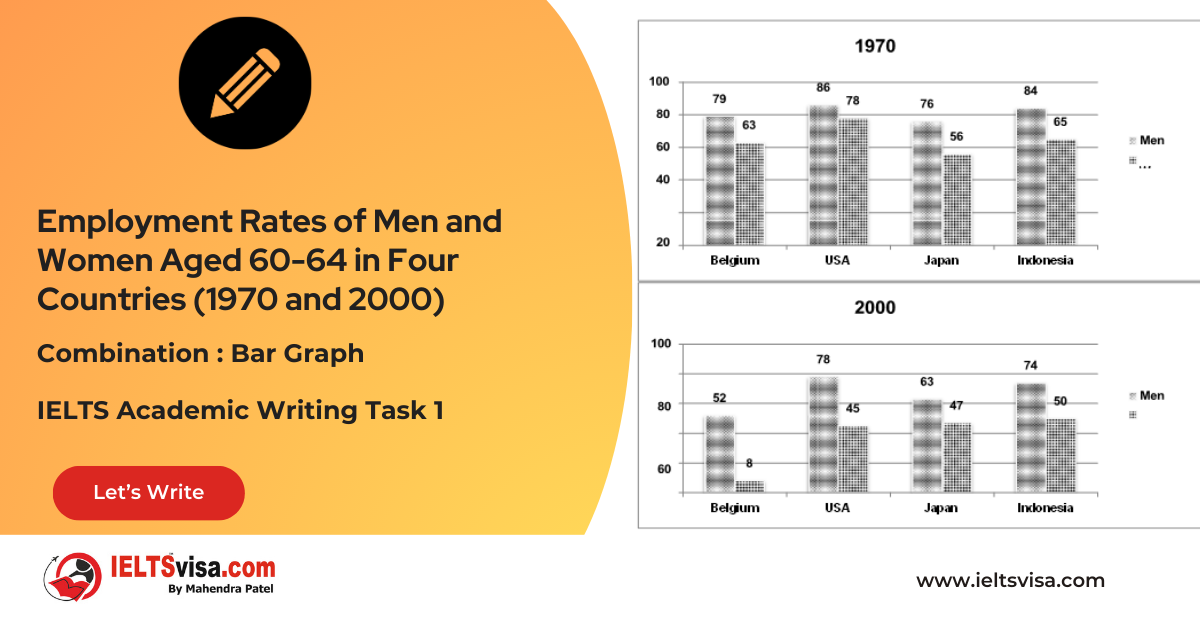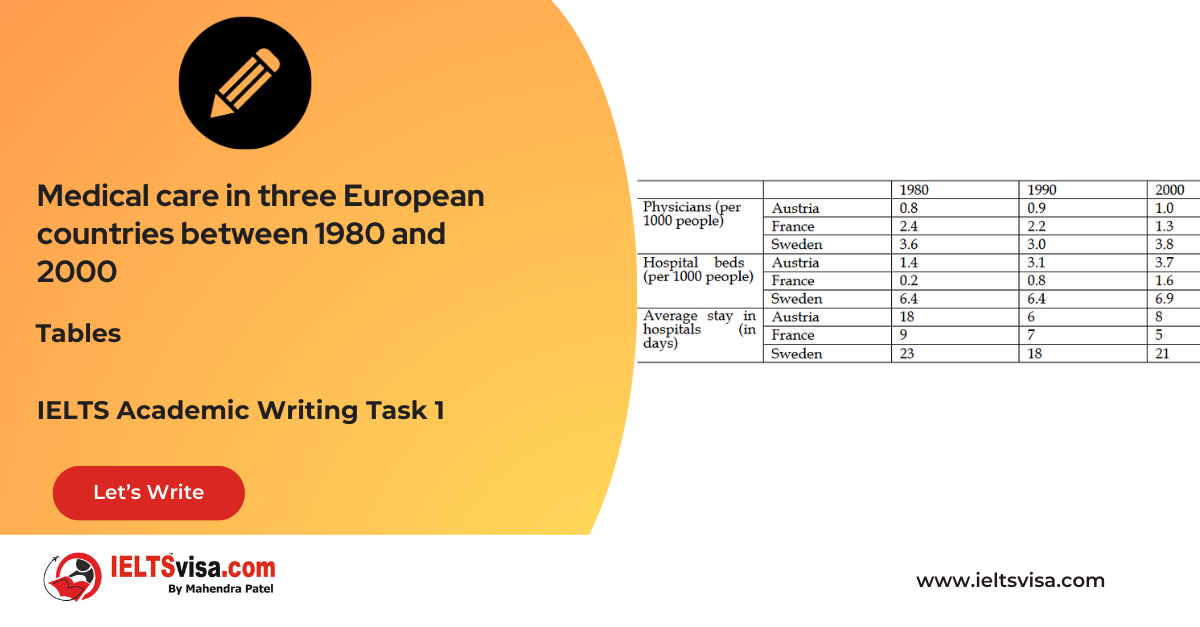Percentage of Film Releases and Ticket Sales by Genre in 1996 and 2006
IELTS Academic Writing Task 1 - Combination Bar Graph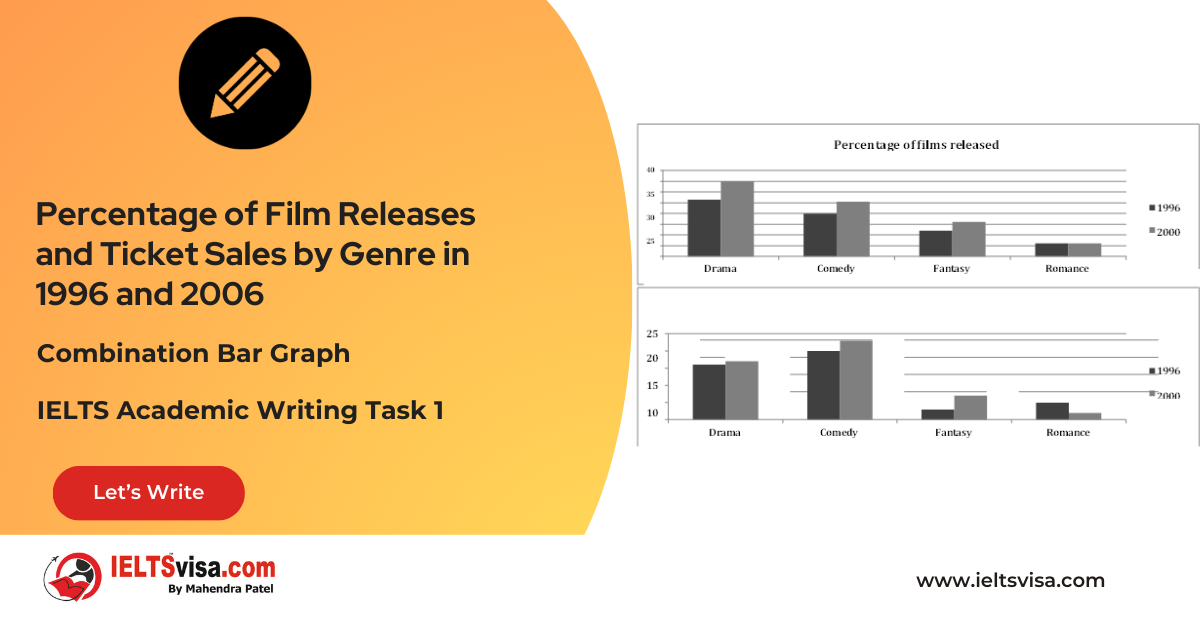
IELTS Writing Task 1 Question
The diagram below shows the changes, which took place in a coastal area called Pentland from 1950 to 2007. Write a report for a university lecturer describing the diagrams below.
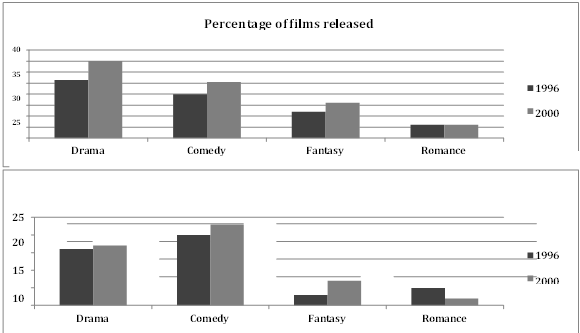
Common Questions for the Films Released and Ticket Sales Graphs
1. Graph Types: Column graphs
2. Title: Percentage of Film Releases and Ticket Sales by Genre in 1996 and 2006
3. What are the units of measurement?: Percentage (%)
4. Who: Film industry stakeholders or market analysts
5. When: Data for 1996 and 2006
6. Where: Not specified (general context of a country)
7.. Topic: Film genres and their popularity in terms of releases and ticket sales
Process Showing and Trends
1. Film Releases by Genre:
o 1996:
- Drama films were the most released at approximately 27%.
- Comedy films followed with nearly 20%.
- Fantasy films accounted for about 11%.
- Romance films had the least releases at 5%.
o 2006:
- Increased proportions for drama, comedy, and fantasy genres.
- Romance film releases remained stable.
2. Ticket Sales by Genre:
- 1996:
- Comedy films had the highest ticket sales, reaching 20%.
- Drama films followed closely with approximately 16%.
- Romantic films sold 5% of tickets.
- Fantasy films were the least popular, accounting for about 3% of ticket sales.
- 2006:
- Increased ticket sales for drama, comedy, and fantasy films.
- A significant decline in sales for romance films, dropping to about 2%.
Overall Summary
The column graphs illustrate the percentage of film releases and corresponding ticket sales across four genres—drama, comedy, fantasy, and romance—in 1996 and 2006.
In 1996, drama films led in releases at 27%, while comedy films, despite fewer releases (20%), achieved the highest ticket sales at 20%. Fantasy and romance films were less popular, with only 11% and 5% of releases, respectively, and ticket sales were lower, especially for fantasy at 3%.
By 2006, there was a general increase in the percentage of films released in drama, comedy, and fantasy genres, with romance releases remaining unchanged. Ticket sales also rose for the first three genres, reflecting their growing popularity. However, romance films faced a notable decline, with ticket sales dropping to 2%.
Overall, while drama and comedy films maintained a strong presence, romance films struggled to attract audiences over the decade, indicating shifting viewer preferences.
Sample Answer
The column graphs compare the percentages of four film genres—drama, comedy, fantasy, and romance-released and their respective ticket sales in 1996 and 2006.
Overall, while drama and comedy films solidified their popularity over the years, the romance genre struggled to maintain its audience, suggesting a shift in consumer preferences within the film industry.
In 1996, drama films topped the chart, constituting approximately 27% of total film releases, followed by comedy films at nearly 20%. Fantasy films made up about 11%, while romance films accounted for the least at 5%. Despite having fewer releases, comedy films achieved the highest ticket sales at 20%, while drama films followed closely with approximately 16%. Ticket sales for romance films stood at 5%, and fantasy films were the least popular, with only about 3% of tickets sold.
By 2006, there was a noticeable increase in the percentages of drama, comedy, and fantasy films released, although romance films remained stable in terms of release proportion. Ticket sales mirrored this trend, with comedy, drama, and fantasy films experiencing a boost in sales. However, romance films suffered a significant decline in popularity, with ticket sales dropping to around 2%.
Top 25 Vocabularies
| Vocabulary (type) | Meaning | Synonyms | Examples |
|
Proportion (noun) |
A part or share of a whole |
Percentage, fraction |
“Drama films represented a significant proportion of releases.” |
|
Genre (noun) |
A category of artistic composition |
Category, type |
“The film industry has various genres, including drama and comedy.” |
|
Popularity (noun) |
The state of being liked or admired by many |
Fame, appeal |
“Comedy films gained popularity in ticket sales.” |
|
Constitute (verb) |
To make up or form a part of something |
Comprise, account for |
“Romance films constitute a smaller share of total releases.” |
|
Decline (noun) |
A gradual decrease in quality or quantity |
Decrease, reduction |
“There was a decline in ticket sales for romance films.” |
|
Comparison (noun) |
The act of evaluating two or more things to identify similarities and differences |
Contrast, evaluation |
“The column graphs provide a comparison of ticket sales between genres.” |
|
Trend (noun) |
A general direction of change or development |
Pattern, tendency |
“The trend indicates a rise in fantasy films’ popularity over the years.” |
|
Preference (noun) |
A greater liking for one alternative over another |
Favoritism, inclination |
“Audience preference shifted towards comedy and drama genres.” |
|
Stable (adjective) |
Unchanging or steady over time |
Constant, unvarying |
“The release proportion of romance films remained stable between 1996 and 2006.” |
|
Boost (noun) |
An increase or improvement in performance or value |
Rise, enhancement |
“There was a noticeable boost in ticket sales for fantasy films.” |
|
Representation (noun) |
The way something is depicted or portrayed |
Portrayal, depiction |
“Romance films had a smaller representation in ticket sales.” |
|
Consumer (noun) |
A person who purchases goods or services |
Customer, buyer |
“Consumer preferences shifted significantly in the film industry.” |
|
Proliferation (noun) |
A rapid increase in numbers or spread |
Growth, expansion |
“There was a proliferation of drama films released by 2006.” |
|
Popularity shift (phrase) |
A change in the level of admiration or appeal |
Appeal change, fame shift |
“The popularity shift favored fantasy films over romance films.” |
|
Audience (noun) |
The group of people who watch or consume a product |
Viewers, spectators |
“The audience showed greater interest in drama films in both years.” |
|
Decline (verb) |
To decrease in importance, quality, or quantity |
Reduce, fall |
“Romance films declined in ticket sales over the years.” |
|
Release (noun) |
The act of making something available to the public |
Launch, publication |
“Film releases in the comedy genre increased significantly by 2006.” |
|
Popularity surge (phrase) |
A sudden increase in admiration or appeal |
Fame boost, appeal rise |
“Comedy films experienced a popularity surge in 2006 ticket sales.” |
|
Proportionate (adjective) |
Corresponding in size or amount to something else |
Balanced, relative |
“The increase in fantasy releases was proportionate to their ticket sales growth.” |
|
Diminished (adjective) |
Reduced in size, importance, or quality |
Lessened, reduced |
“Romance films’ appeal diminished significantly over the decade.” |
|
Fluctuation (noun) |
An irregular rise and fall in number or amount |
Variation, instability |
“There were no major fluctuations in drama film releases.” |
|
Sector (noun) |
A distinct part or category in an industry |
Division, area |
“The fantasy film sector showed notable improvement in ticket sales.” |
|
Correlation (noun) |
A mutual relationship or connection between two things |
Association, link |
“There is a strong correlation between the increase in comedy films and ticket sales.” |
|
Drastic (adjective) |
Extreme or sudden |
Severe, significant |
“The decline in romance films’ ticket sales was drastic by 2006.” |
|
Dominance (noun) |
The state of being more powerful or successful than others |
Supremacy, control |
“Comedy and drama films gained dominance in the industry over the years.” |

Our Books
Master IELTS Speaking Part 1
IELTS Writing Task 1 Book
IELTS Writing Task 2 Book
Practice IELTS Other Modules
IELTS Listening
The IELTS Listening test assesses how well you can understand spoken English in various contexts. It lasts about 30 minutes and is divided into four sections with a total of 40 questions. The listening tasks become increasingly difficult as the test progresses.
IELTS Academic Reading
The IELTS Academic Reading section assesses your ability to understand and interpret a variety of texts in academic settings. It is designed to evaluate a range of reading skills, including skimming for gist, reading for main ideas, reading for detail, understanding inferences, and recognizing a writer's opinions and arguments.
IELTS Speaking
The IELTS Speaking test assesses your ability to communicate in English on everyday topics. It lasts 11-14 minutes and consists of three parts: introduction, cue card, and a discussion based on the cue card topic.
IELTS General Reading
IELTS General Reading tests your ability to understand and interpret various types of texts. Here are some key areas and types of content you can expect to encounter in the reading section, along with tips for effective preparation.
IELTS Academic Writing Task 1
In IELTS Academic Writing Task 1, you are presented with a visual representation of information, such as graphs, charts, tables, or diagrams, and you are required to summarize, compare, or explain the data in your own words.
IELTS General Writing Task 1
In IELTS General Writing Task 1, you are required to write a letter based on a given situation. The letter can be formal, semi-formal, or informal, depending on the prompt. Here’s a breakdown of the key components to include in your letter
IELTS Academic Writing Task 2
In IELTS Academic Writing Task 2, you are required to write an essay in response to a question or topic. Here’s a guide to help you understand the essential elements of this task
IELTS Exam Tips
To succeed in the IELTS exam, practice regularly, familiarize yourself with the test format, improve your vocabulary, develop time management skills, and take mock tests to build confidence.
Grammer for IELTS
Grammar is the foundation of effective communication in English. Understanding tense usage, subject-verb agreement, and sentence structure enhances clarity and coherence in writing and speaking.
Vocabulary for IELTS
Vocabulary plays a crucial role in the IELTS (International English Language Testing System) exam, especially in the Speaking and Writing sections. Here’s an overview of why vocabulary is important and how it impacts your performance
RECENT IELTS SAMPLES QUESTIONS AND ANSWERS
Task 1 – Bar Graph – Percentage of UK Households with Selected Consumer Durables (1998–2005).
[df_adh_heading title_infix="IELTS Writing Task 1 Question" use_divider="on"...
Task 1 – Diagram – The process of canning of fish.
20:00 Start Pause Stop [df_adh_heading title_infix="IELTS Writing Task 1 Question" use_divider="on"...
Task 1 – Diagram – The life cycle of the salmon
20:00 Start Pause Stop [df_adh_heading title_infix="IELTS Writing Task 1 Question" use_divider="on"...
Task 1 – Bar Graph – Methods of Waste Disposal in Four Countries
[df_adh_heading title_infix="IELTS Writing Task 1 Question" use_divider="on"...
Task 1 – Combination : Bar Graph – Employment Rates of Men and Women Aged 60-64 in Four Countries (1970 and 2000)
[df_adh_heading title_infix="IELTS Writing Task 1 Question" use_divider="on"...
Task 1 – Table – The information about medical care in three European countries between 1980 and 2000
20:00 Start Pause Stop [df_adh_heading title_infix="IELTS Writing Task 1 Question" use_divider="on"...

